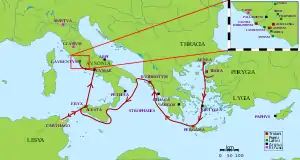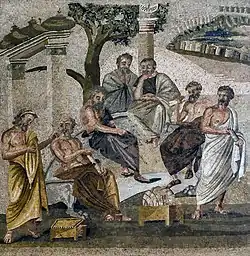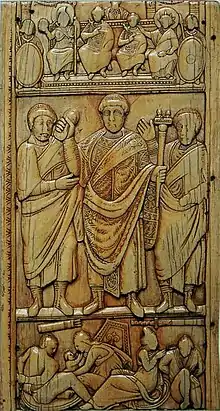Portal:Ancient Rome
The Ancient Rome portal The Colosseum .png.webp) A bust of Gaius Julius Caesar In modern historiography, ancient Rome encompasses the founding of the Italian city of Rome in the 8th century BC, the Roman Kingdom (753–509 BC), Roman Republic (509–27 BC), Roman Empire (27 BC– 395 AD), and the collapse of the Western Roman Empire in the 5th century AD. Ancient Rome began as an Italic settlement, traditionally dated to 753 BC, beside the River Tiber in the Italian Peninsula. The settlement grew into the city and polity of Rome, and came to control its neighbours through a combination of treaties and military strength. It eventually controlled the Italian Peninsula, assimilated the Greek culture of southern Italy (Magna Grecia) and the Etruscan culture, becoming a dominant power in the Mediterranean region and parts of Europe. It was among the largest empires in the ancient world, with an estimated 50 to 90 million inhabitants, roughly 20% of the world's population at the time. It covered around 4 million square kilometres (1.5 million square miles) at its height in AD 117. The Roman state evolved from an elective monarchy to a democratic classical republic and then to an increasingly autocratic semi-elective military dictatorship during the Empire. Through conquest, cultural, and linguistic assimilation, at its height it controlled the North African coast, Egypt, Southern Europe, and most of Western Europe, the Balkans, Crimea, and much of the Middle East, including Anatolia, Levant, and parts of Mesopotamia and Arabia. It is often grouped into classical antiquity together with ancient Greece, and their similar cultures and societies are known as the Greco-Roman world. Ancient Roman civilisation has contributed to modern language, religion, society, technology, law, politics, government, warfare, art, literature, architecture, and engineering. Rome professionalised and expanded its military and created a system of government called res publica, the inspiration for modern republics such as the United States and France. It achieved impressive technological and architectural feats, such as the empire-wide construction of aqueducts and roads, as well as more grandiose monuments and facilities. (Full article...) Selected article - Though in ruins, the Flavian Amphitheatre, now known as the Colosseum, still stands today. The inaugural games were held, on the orders of the Roman Emperor Titus, to celebrate the completion in AD 80 (81 according to some sources) of the Colosseum, then known as the Flavian Amphitheatre (Latin: Amphitheatrum Flavium). Vespasian began construction of the amphitheatre around AD 70 and it was completed by his son Titus, who became emperor following Vespasian's death in AD 79. Titus' reign began with months of disasters – including the Eruption of Mount Vesuvius in 79 AD, a fire in Rome, and an outbreak of plague – he inaugurated the completion of the structure with lavish games that lasted for more than one hundred days, perhaps in an attempt to appease the Roman public and the gods. (Full article...)General imagesThe following are images from various ancient Rome-related articles on Wikipedia.
Selected biography -
Constantius III was briefly Western Roman emperor in 421. He earned his position as Emperor due to his capability as a general under Honorius, achieving the rank of magister militum by 411. That same year, he suppressed the revolt of Constantine III, a Roman general who had declared himself emperor. Constantius then went on to lead campaigns against various barbarian groups in Hispania and Gaul, recovering much of both for the Western Roman Empire. Constantius married Honorius's sister Galla Placidia in 417, a sign of his ascendant status, and was proclaimed co-emperor by Honorius on 8 February 421. He reigned for seven months before dying on 2 September 421. (Full article...)
Did you know?
Related portalsTopicsCategoriesCategory puzzle Select [►] to view subcategories
Ancient Rome Ancient Rome by period Ancient Rome-related lists Set index articles on ancient Rome Ancient Roman studies Ancient Rome in art and culture Ancient Roman literature about early Christianity Ancient Roman culture Economy of ancient Rome Foreign relations of ancient Rome Ancient Roman geography Ancient Roman government Jews and Judaism in the Roman Republic and the Roman Empire Roman law Military of ancient Rome Organizations based in ancient Rome Ancient Romans Ancient Roman science Society of ancient Rome Ancient Rome stubs List articlesSelected picture
WikiProjectsWikiProjects puzzle The following WikiProjects are related to Ancient Rome:
Things you can do Tasks clipboard
Quotes
Associated WikimediaThe following Wikimedia Foundation sister projects provide more on this subject:
Web resources
Discover Wikipedia using portals
| ||||||
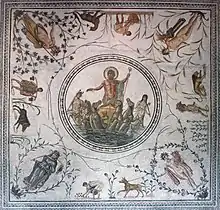
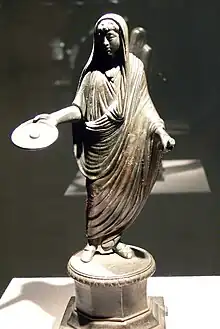
.PNG.webp)

_(5917668745).jpg.webp)
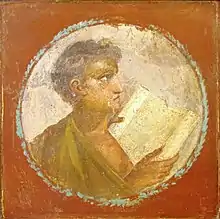


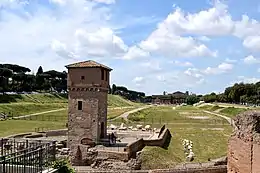

_-_Napoli_MAN_8834.jpg.webp)

_-_Napoli_MAN_9022.jpg.webp)



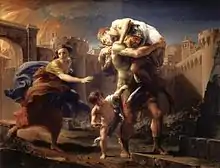


%252C_et%C3%A0_claudia.jpg.webp)




.jpg.webp)





.jpg.webp)


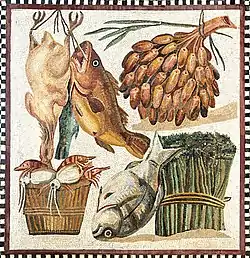

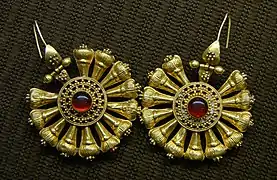









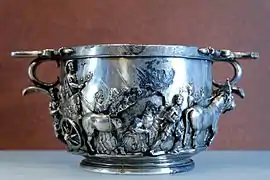
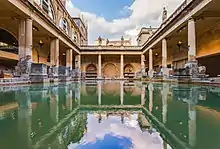



.JPG.webp)

.jpg.webp)
.jpg.webp)
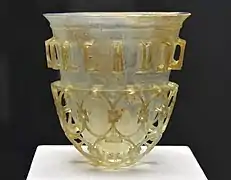






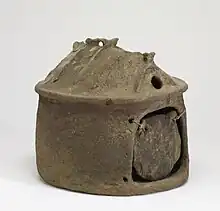

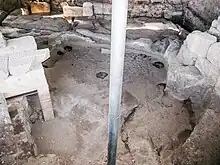


_01.JPG.webp)




